When you work in video, especially being an all-in-one low-life videographer like me, you quite often get asked if you do animation for titles or info-graphics etc… Well the answer is a big fat no. I wholeheartedly believe in video and what can be achieved exclusively through that medium. For my own personal style the more fingerprints and in-camera physicality I can bring to a project the better. I want to create living, breathing artefacts and not drawings or impressions of them. But having said that, allow me to shock you when I say that I love animation, 80s/90s Manga in particular, but other stuff like Peter Chung’s “Aeon Flux” and Studio Ghibli is also pretty nice. For me, the beauty of animation is the freedom and scope it affords to explore ideas that would be impossible in the physical world, even with the biggest budget and most creative director. What is achieved through animation can then go on to inspire directors of non-animated film and there is no film in all of grown-up animation that has had more impact on modern cinema than Katsuhiro Otomo’s “Akira” (1988).
Neo Tokyo is about to explode
Akira is set in the futuristic city of Neo Tokyo, rebuilt from the rubble after being destroyed in a singularity event during world war 3. We find it in a state of social and political collapse with anti-government protests, corruption and gang violence. Here we are introduced to a biker gang led by (Shōtarō) Kaneda, who has the coolest bike in cinema history. One night, in a battle with rival gang the Clowns, one of Kaneda’s gang members, Tetsuo Shima, crashes his motorcycle into Takashi, a psychic child who had been broken out of a military testing installation with the help of anti-government rebels. Immediately military helicopters descend to recapture Takashi and also take badly injured Tetsuo away for testing. The film then follows Kaneda and the gang as they try to find where Tetsuo has been taken whilst becoming embroiled in an unseen world of secret military testing programs and rebel groups. Meanwhile, having been affected by his contact with Takashi and the subsequent testing, Tetsuo struggles to maintain control as he develops powerful psychic abilities.
“It’s too wild. You couldn’t handle it”
I first saw this movie at random in 1991, back when late-night Channel 4 used to be cool. Me and my brother were having a sleepover with another kid and happened to catch it. It was the first foreign language film I ever watched (though I always prefer the dubbed versions when it comes to animation). Kind of a strange choice for three twelve-year-olds to be sat up watching something like that, but it was just so damn cool. As kids, it was like watching a cartoon only it had blood and violence – something we’d never seen before. Despite the complexity of the plot and the chore of it being subtitled, when something is as visual powerfully as Akira, it speaks a language that anyone can understand. For me that remains a very important aspect of not just film but any art form – if you can understand or feel something without the need for explanation, then at some base level it has succeeded, hence why I can’t stand most Lars Von Trier films which are dull, incoherent cobblers in my opinion
“200 horsepower at 12,000 rpm”
Not before and not since has any animated film achieved what Akira did. It set the bar so high above anything before it and I don’t think any animation has ever surpassed its standard. It took 68 animators around 3 years to hand draw every layer or all 172,000 frames of its 2-hour run time. With the amount of time and work that went into it, it’s the animation equivalent of the pyramids. The result is its mind-blowing detail and speed. Running at the cinematic standard of 24 frames per second, not only is the animation silky smooth, but the level of detail is jaw-dropping. It immediately sets itself apart from other animations where, for example, everything would remain still except for a character’s mouth flapping, loosely in sync with dialogue. In Akira the entire frame, including background layers, remain fully animated, giving so much life and depth to the cinematic world. Bikes all have realistic light trails and the impact of a punch, bullet or pipe to the face includes fragments of bone and teeth, but so fast and so visceral that it’s like reality enhanced.
To get close to that level of detail in film would require a digital camera running at a high frame rate/fast shutter speed, and films like Danny Boyle’s “28 Days Later” have successfully pulled off sequences using such an approach where the shutter speed helps to achieve a more sharp and violent look. An alternative approach is to slow a film down to allow more time for detail. A perfect example of this is “Dredd” (2012) which incorporates HFR into the action scenes through a plot device of a drug called “slow mo” which enabled the director to create a look straight out of the panels of a 2000AD comic. Incidentally the cinematographer on both “28 Days Later” and “Dredd” was Anthony Dod Mantle.
“People like you should never use their power like that”
Akira is a film about power. Governmental power, people power, military power, scientific power, psychic power and the interplay of power in relationships. But also, what happens when power becomes corrupted and unstable – when politicians lie, scientists experiment in things they shouldn’t and the discontent that arises in response. If there’s one thing Akira suffers from, that is a common flaw in a lot of Japanese cinema, is an overabundance of unnecessary sub-plots into politics and government ministers. It really doesn’t need half as much of that to add weight and gravity to the story as what it does visually to communicate the theme of power is second to none.
Tetsuo’s descent into the corrupting force of his growing power is Shakespearean. We see him lose his mind and then become intoxicated on drugs and his new abilities, before in the final act his body erupts into a mountain of mutating flesh. Akira’s depiction of an adolescent struggling to control a newly acquired and growing power is clearly referenced in the Netflix series “Stranger Things”; films like “Looper” and “Lucy”; music videos like Sia’s “Titanium” and Kanye West’s music video for “Stronger” which is a direct homage to Tetsuo’s lab escape in Akira. Games have also referenced Akira with Hideo Kojima’s “Death Stranding” covering questionable experimentation into infants with extra sensory abilities and cataclysmic energy events. “Silent Hill” also centred on powerfully psychic children with its opening crash scene matching Tetsuo’s bike crash. Incidentally, I directly referenced the same shot in my first-ever attempt at filmmaking in a University project “No Exit”.
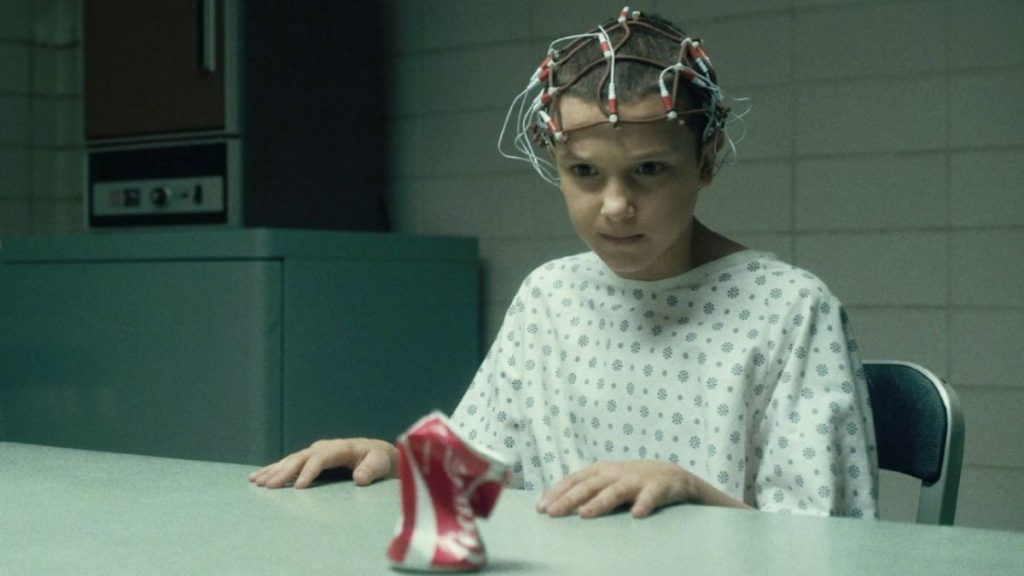
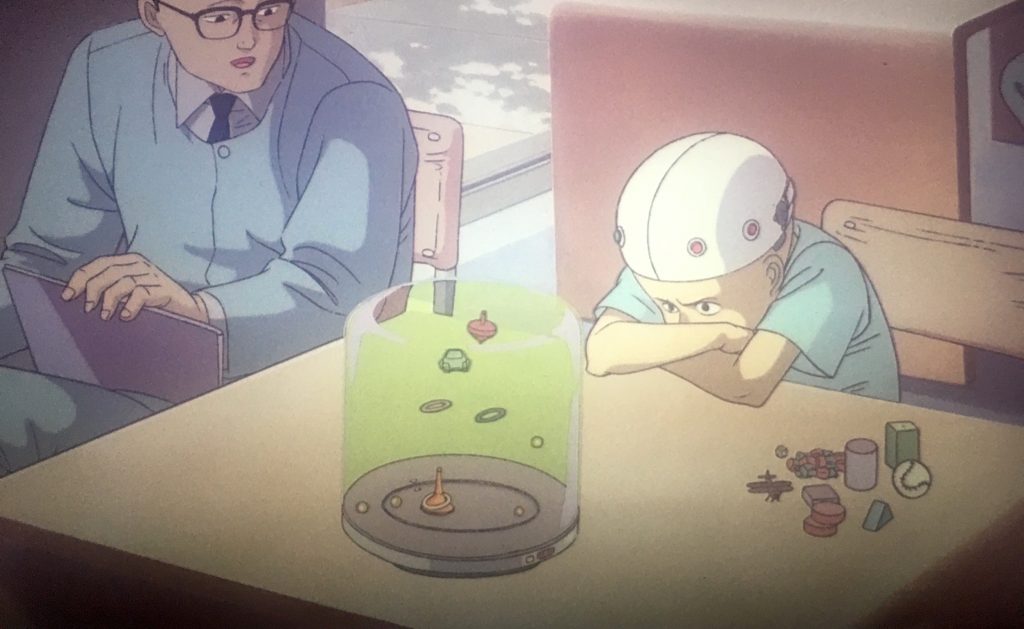
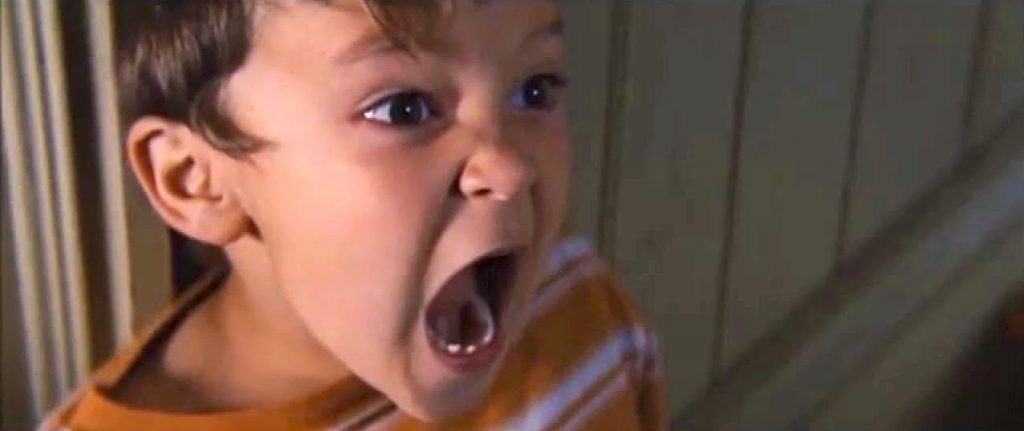
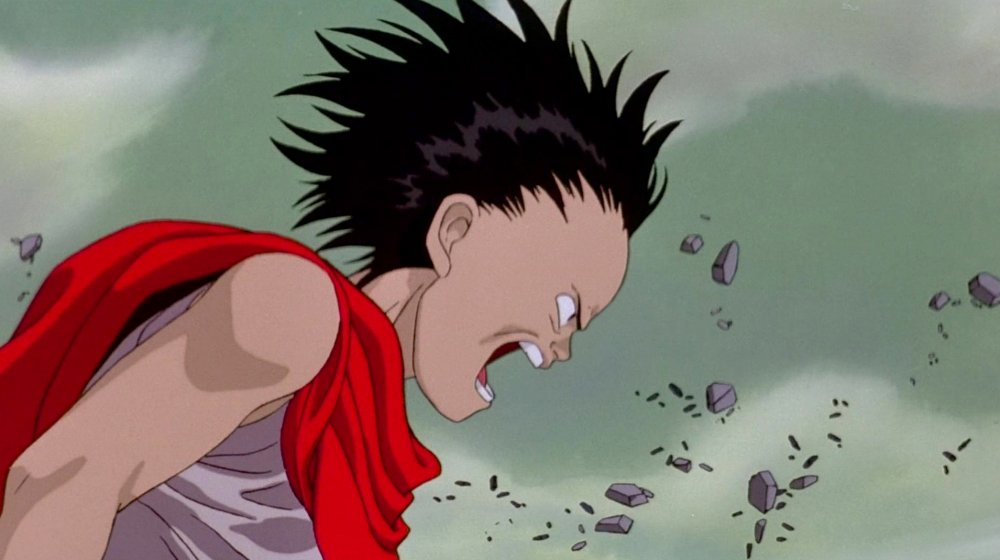
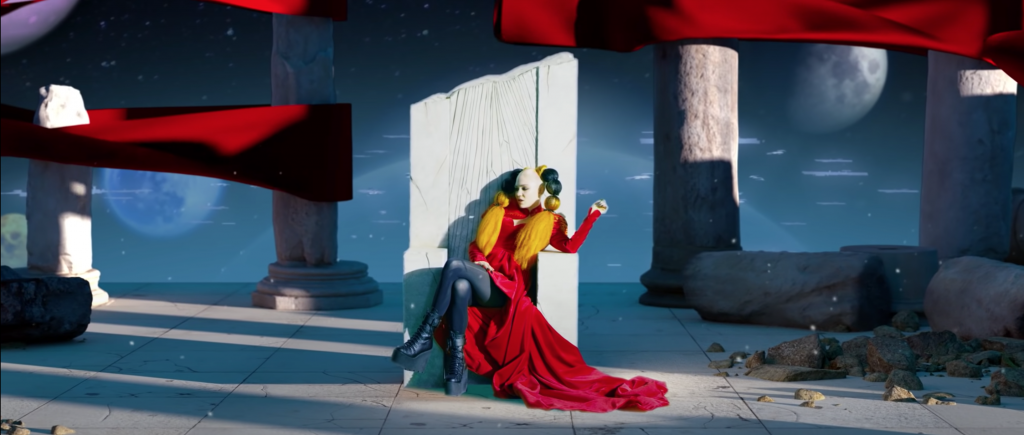
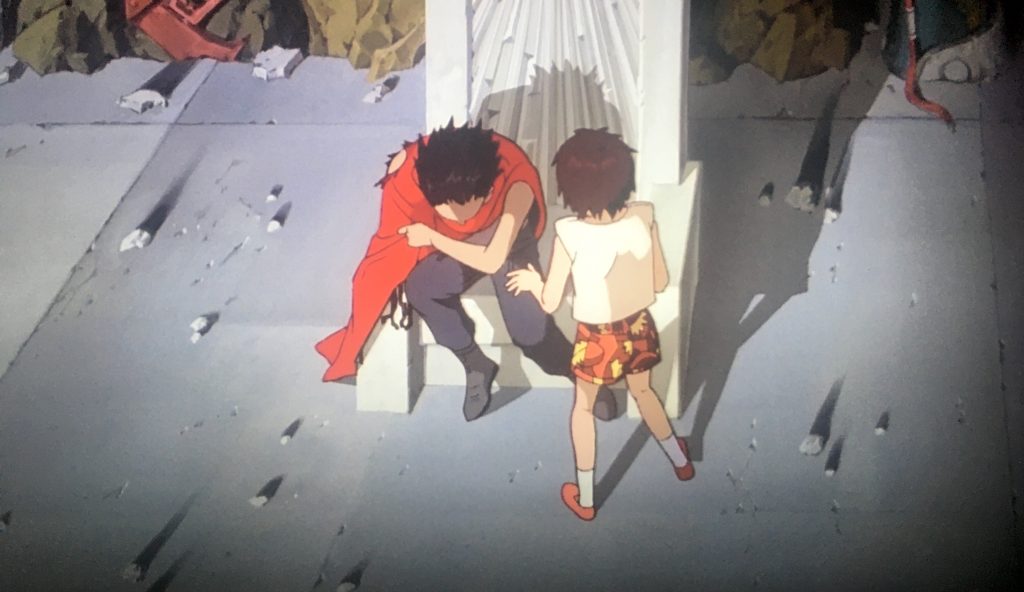
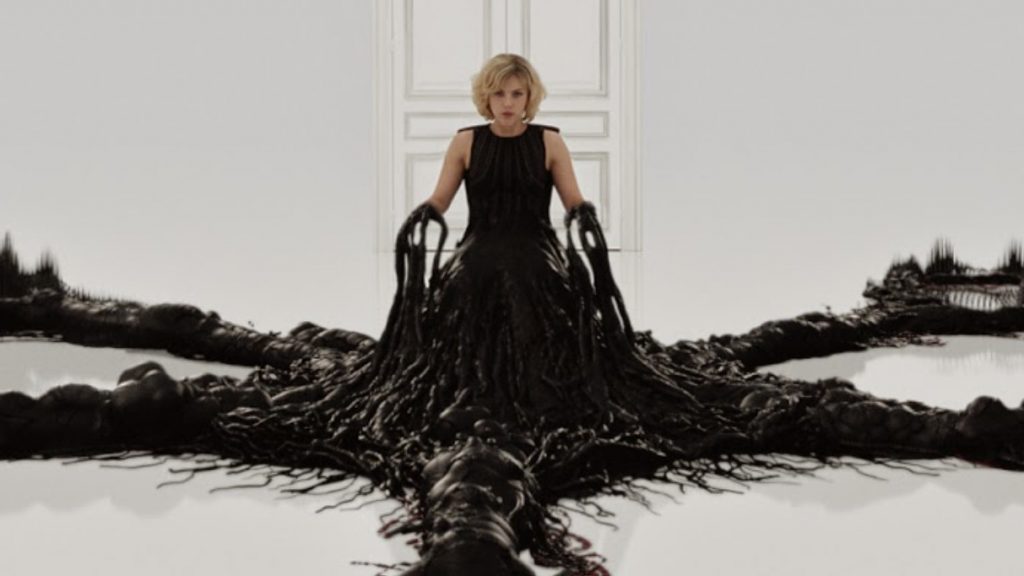
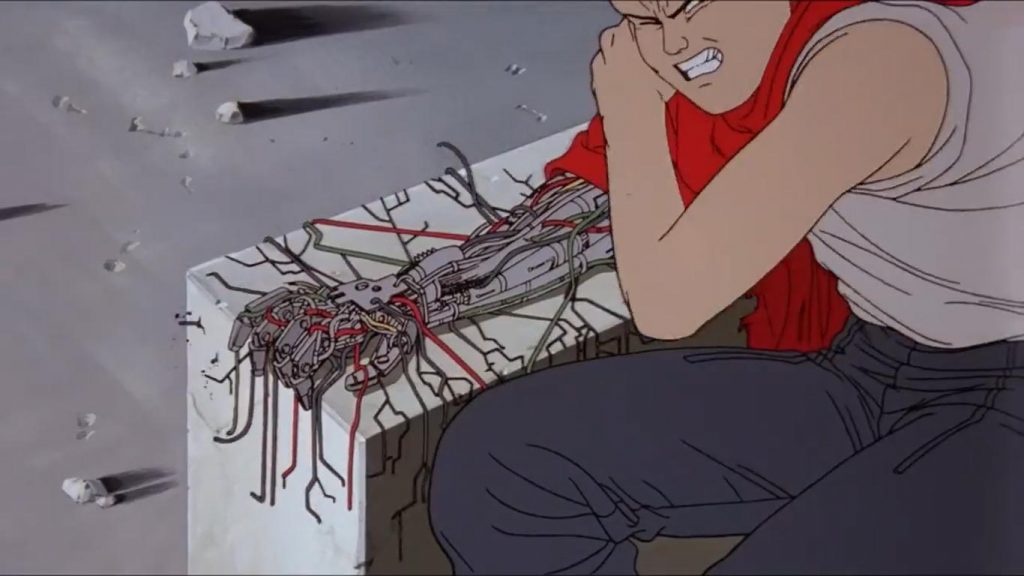
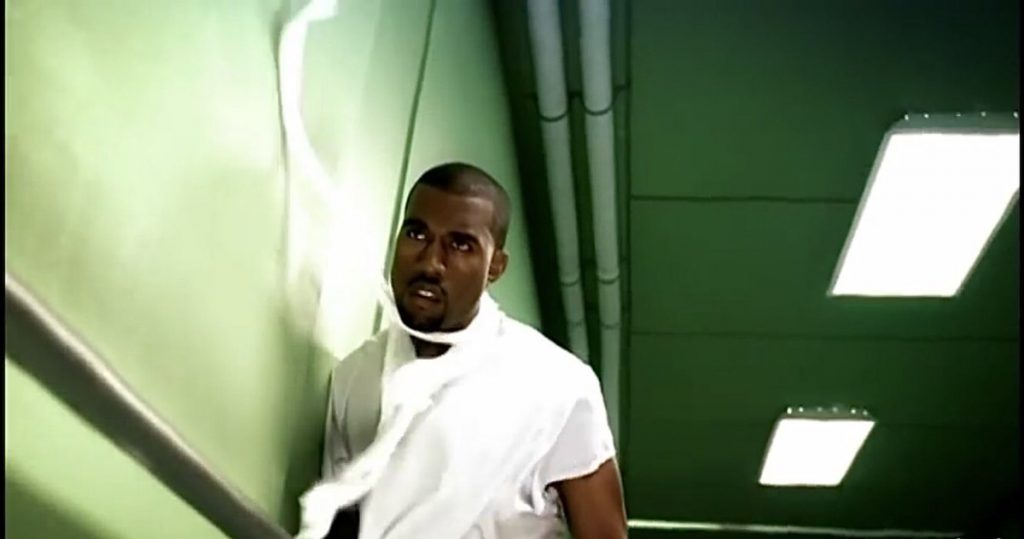
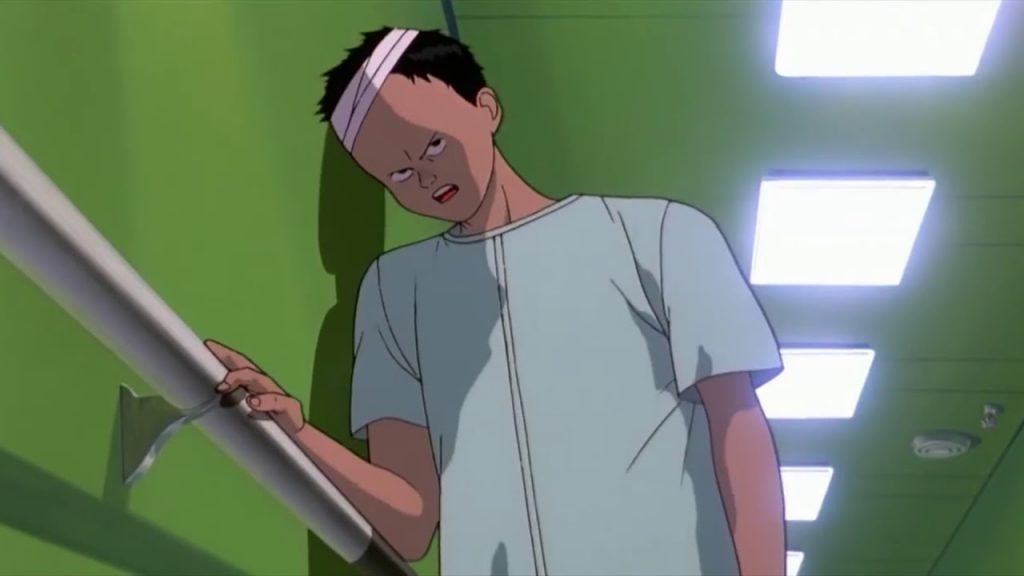
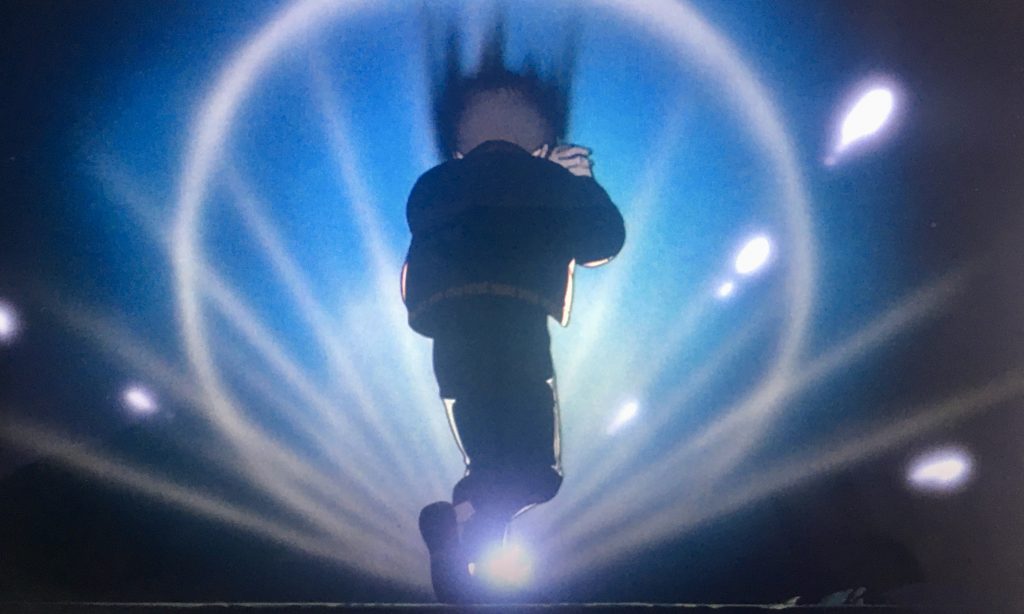
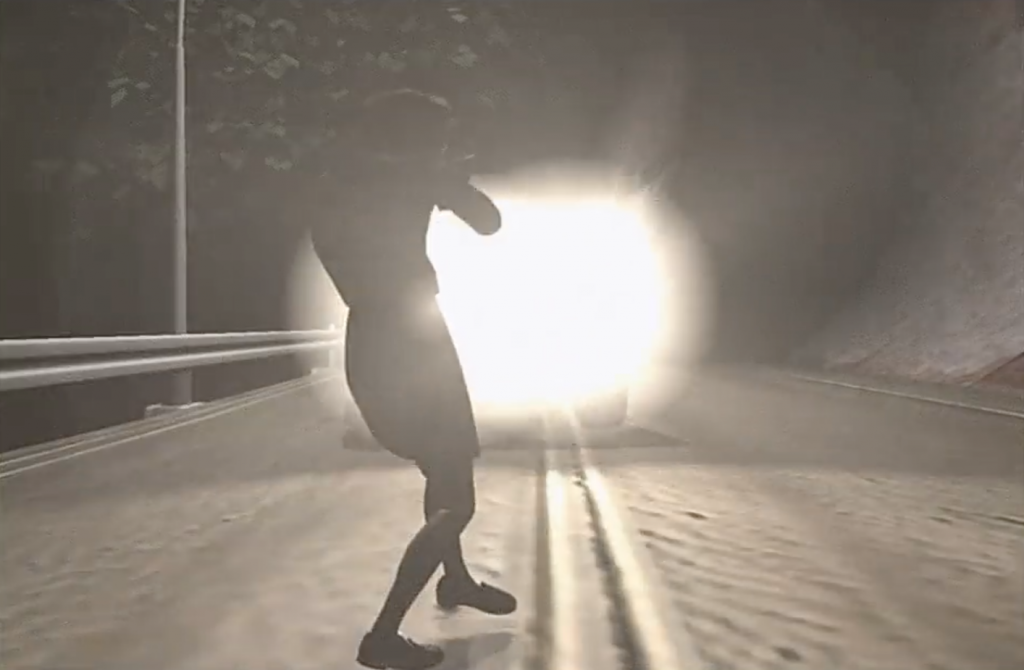
“Silent Hill” 1999

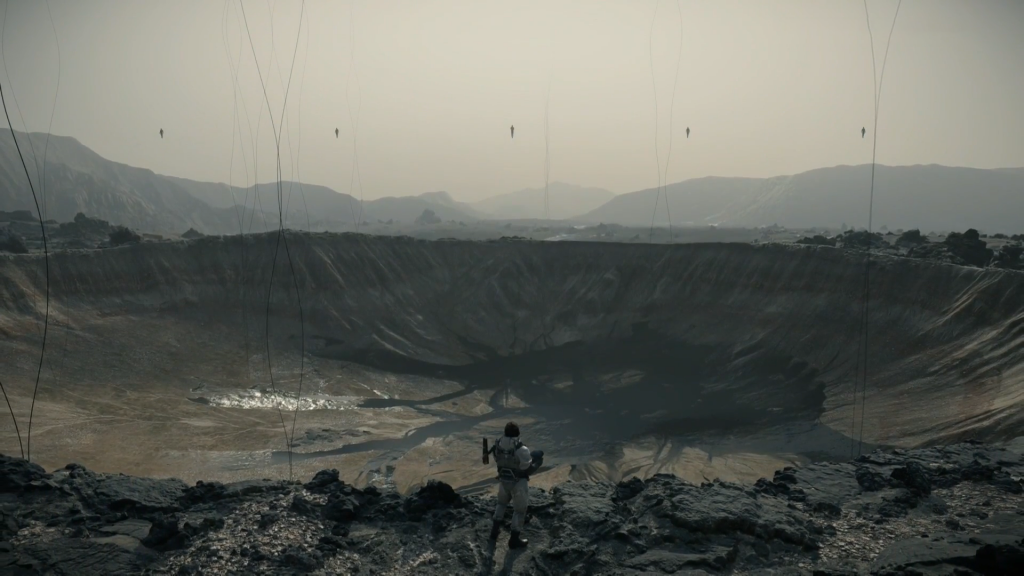
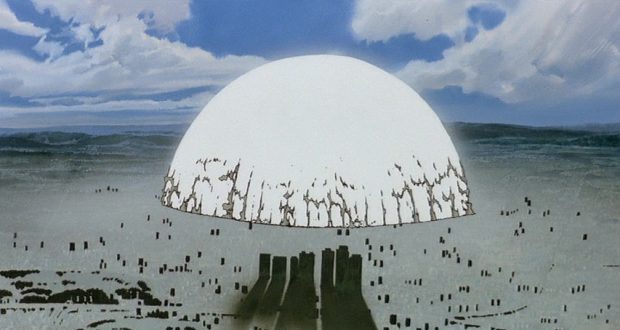
Whilst films like “Scanners” pre-date Akira in depicting telekinetic powers used to inflict explosive violence (i.e heads exploding), Akira was the first to show physical matter, be that buildings or bodies, instantly ripped to pieces or crushed like insects in a single, silent snap of energy. The visuals during the final acts of the film are a truly awe-inspiring symphony of destruction as Tetsuo engulfs the city in a towering dome of pure energy. No other film has ever come close to putting raw power on screen the way Akira does. Also, love the use of abstraction at the very end to express Testuo’s arrival at a new and indescribable state of being.
Soundtrack
I had a few copies of the Dark Horse “Aliens” series, and my brother would read the “Eagle” and some 2000 AD stuff like “Judge Dread” but I was never a massive comic book geek. Around 1994 however, in between hanging out in Sega Arcades and stealing pic’n’mix from Woolworth’s, me and a friend would swing by Calamity Comics in Harrow. Revisiting Akira got me into anime and I picked up a few copies of the Akira comic, as well as the t-shirt and soundtrack. A music score comprised primarily of traditional Japanese music was a bit of a weird purchase for a 14-year-old, but I was a bit of a weird 14-year-old and a big fan of the movie.
What stands out for me with Geinoh Yamashirogumi’s score is that, whilst it isn’t doing conventional Hollywood John Williams/Danny Elfman style leitmotif, its themes still manage to powerfully capture and convey the feel and energy of the visuals. The pulsing drums of “Kaneda’s Theme” gives motion and speed to the bike chases through the city whilst “Battle Against Clown” gives their rival gang a real sense of grunt and toughness. A standout track is “Winds Over Neo Tokyo”, which glides a light and gentle synth flute as it softly rises and falls to meet these powerful synth brass/strings and timpani sections to represent the towering and majestic buildings. This was 6 years after Ridley Scott’s “Blade Runner” and you definitely get a taste of that. Just so simple and effective in its execution. The church organs and choirs that accompany the final scenes of biblical destruction not only convey the enormous magnitude of the destruction but also endow Tetsuo with the power of a god.
What elevates Akira to a level all of its own is the use of quiet, and sometimes total silence in the soundtrack. The opening cataclysmic singularity occurs in complete silence as if blast was so poweful that it created a vacuum and/or that it was so great that you didn’t even have time or capacity to hear it. Towards the end of the film in the wake of destruction are many beautiful scenes as sunbeams break through the clouds to illuminate the destroyed city. This is all accompanied by the hymnal choirs in “Requiem” providing a spiritual note that beautifully carry the end scenes of Tetsuo’s ascension and the memory of his friend Kaneda. A great and unforgettable soundtrack which, as soon as you hear it, you’re immediately transported into this story.
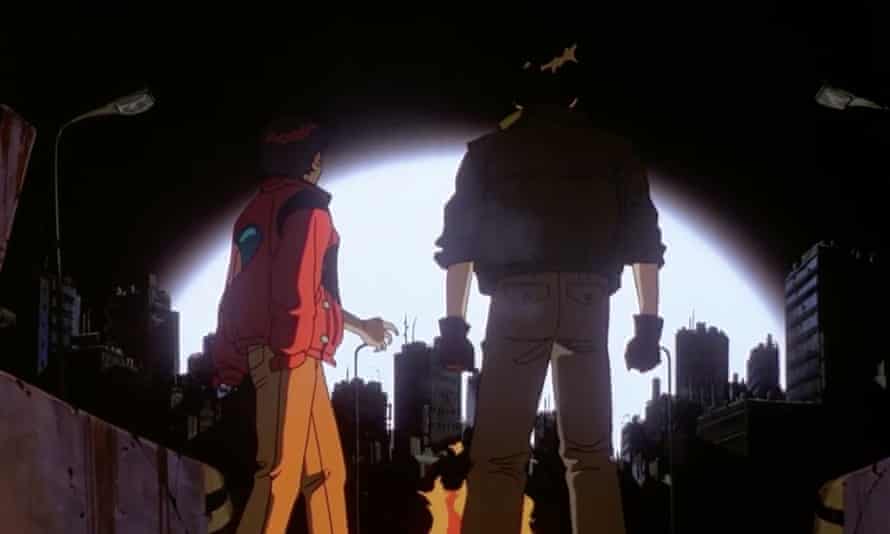
There has been talk of a live-action adaptation for years, at one point involving Leonardo DiCaprio unless I’m mistaken. But I hope and pray it never happens as, if there’s one thing that’s certain, not only would Hollywood studio executives mutilate it in line with the latest marking trends, as they do everything, but it would simply be impossible to recreate Akira in live action.
If you only ever see one anime/manga film in your life then make sure it’s Akira. My personal preference is the hard to find original US dub which features voice actor Cam Carke (Leonardo from the Turtles) as Kaneda. Not only is it a great and iconic movie in its own right, one that pretty accurately predicted how the future (today) might look. For any creative looking for a visual reference or inspiration around the theme of power, then Akira is it.
